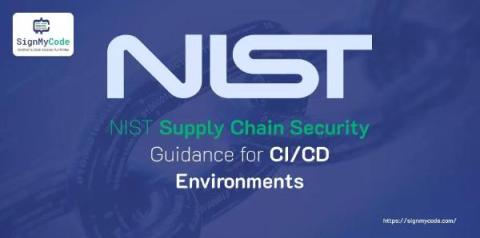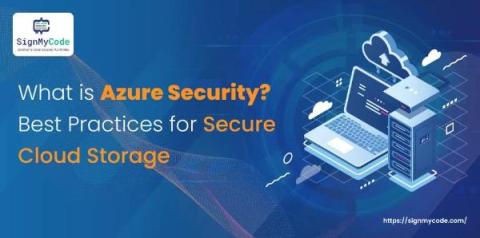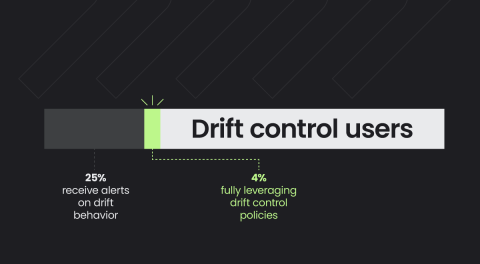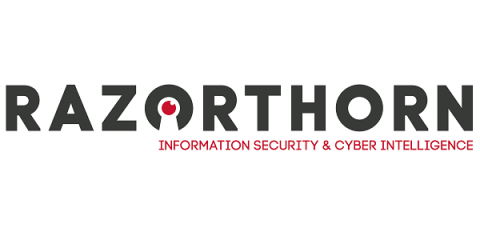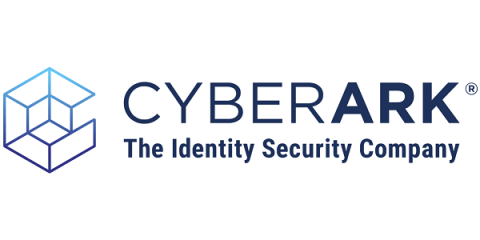Top 5 Scam Techniques: What You Need to Know
Scammers are increasingly resourceful when coming up with scam techniques. But they often rely on long-standing persuasion techniques for the scam to work. So, you may hear about a new scam that uses a novel narrative, but there is a good chance that the scam relies on proven scam techniques once the narrative is stripped away. These scam techniques often exploit our characteristics and heuristics, or things that make us human and fallible.



